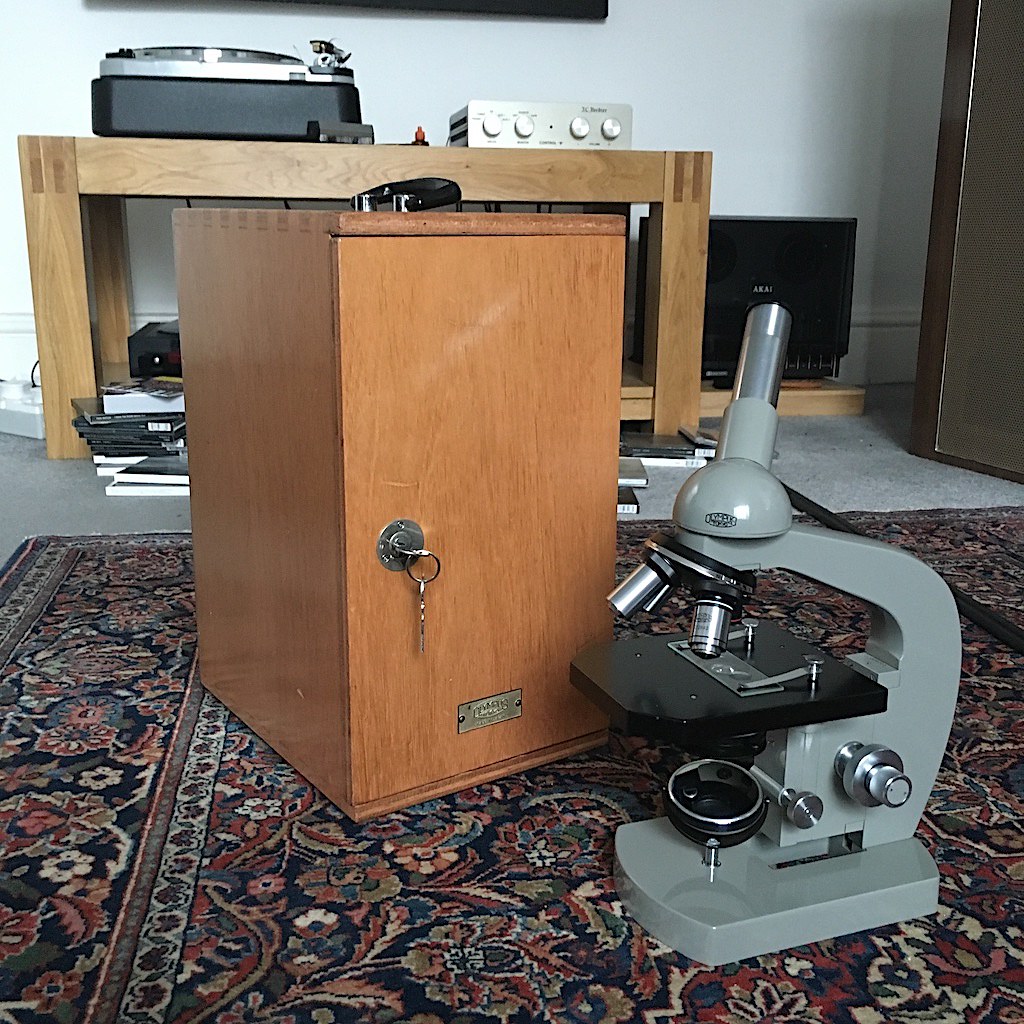Mike Reed
pfm Member
Have long been considering this after Tony's dissertation a year or two back and some comments since. He recommended the 10x, but it seems that there's a 12x now available, which may be an advantage.
Although I wear specs, I need to remove them for any close work or reading and always use my current old loupes (in the 'funnel' shape with glass at one end) with naked eye.
I'm wary of buying from the U.S. and probably from Belarus (their origin?) might be quicker, with no potential tariffs. Can't understand why there are no stockists here, but even going through Amazon (at a premium price), it still comes from Belarus.
Qu. 1: Should I opt for the tried and tested 10x or go for the slightly enhanced magnification of the 12x? Not sure of the light properties of each, as that's a very important factor.
QU. 2: Which is the better purchase avenue? (I think the 12x may only be available from one country; not sure)
Although I wear specs, I need to remove them for any close work or reading and always use my current old loupes (in the 'funnel' shape with glass at one end) with naked eye.
I'm wary of buying from the U.S. and probably from Belarus (their origin?) might be quicker, with no potential tariffs. Can't understand why there are no stockists here, but even going through Amazon (at a premium price), it still comes from Belarus.
Qu. 1: Should I opt for the tried and tested 10x or go for the slightly enhanced magnification of the 12x? Not sure of the light properties of each, as that's a very important factor.
QU. 2: Which is the better purchase avenue? (I think the 12x may only be available from one country; not sure)


